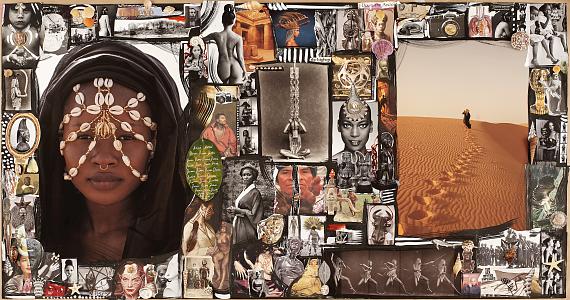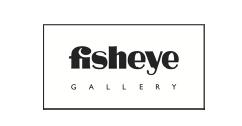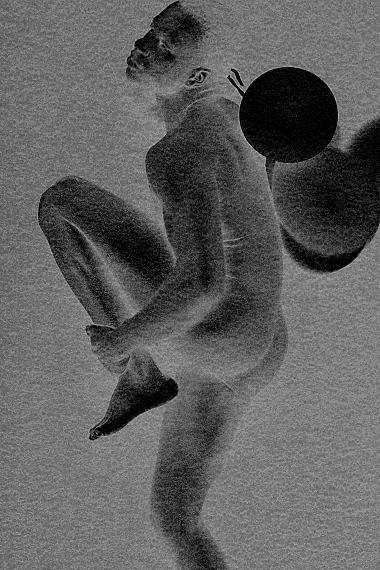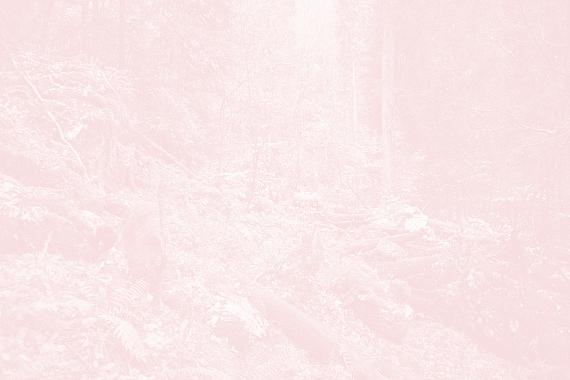
photo basel 2023
Gabriel Dia » Delphine Diallo » Léa Habourdin »
Fair Presentation: 13 Jun – 18 Jun 2023
Volkshaus Basel
Rebgasse 12-14
4058 Basel

Fisheye Gallery
2 Rue de l'hôpital Saint-Louis
75010 Paris
+33 1-77 15 26 40
contact@fisheyegallery.fr
www.fisheyegallery.fr
Tue-Sat 14:30-19:30

Delphine Diallo lives and works in Brooklyn where she moved after being mentored by Peter Beard. After ten years in the US, she exhibited her work in France for the first time at Fisheye’s Arles gallery in 2018 and had her first solo exhibition in Paris at Fisheye’s Paris Gallery in December 2021. Delphine Diallo is often the central figure in her work, representing herself in many forms that she associates with her experiences as a black woman. But when she works with her models, a strong bond is created. Enntering their intimacy she allows them to free themselves and become new protagonists. Her portraits become an ode to liberation of women.
Wherever she can, Diallo combines artistry with activism, pushing the many possibilities of empowering women, youth, and cultural minorities through visual provocation. Diallo uses analogue, digital photography and collages as she continues to explore new mediums. She is working towards creating new dimensions and a place where consciousness and art are a universal language. In an anthropological approach, collage is a way for Delphine Diallo to reflect on the past and present. For some artworks she uses a mix of her photographs taken over twelve years but she can also add images from magazines from the 1970’s or various archives. Delphine often uses biology or history magazines or books about African rituals.
Gabriel Dia is a photographer born in Rufisque, Senegal in 1985. In 2003 he was forced to seek exil in Paris due to his sexual orientation. After a formation in engineering, he started is creative journey by writing and, in 2013, wrote is first novel La Naissance d’une Vierge (de Montigny Edition). The discovery of Peter Lindhbergh and especially Sarah Moon’s works led him to the art of photography. Through self-portraits, danse and chemical experiments, Gabriel Dia creates an unique visual language allowing him to "tell is own story" in a liberating manner.
In 2020 Gabriel Dia received the Filippo Roversi endowment from the Picto Price of fashion with his series Sabar and Burning. Following this success, the artist has since been recognized with many prices: laureate fort the "Bourse du talent" in the "Portrait" category, Public price for the 12th International Festival of Culinar Photography, laureate for the 5th edition of the Indacadaquès Open Call festival, laureate of the 9th edition of the Rencontres photographiques of the 10th district (Paris), laureate Phot’Aix Regards Croisés with Italy and finalist of the 36th International Festival of Fashion, Photography and Fashion accessories in Hyères.
Born in 1985 in the north of France, Léa Habourdin first studied printmaking at the Estienne school and then photography at the Arles school. Attentive to the diversity of life forms, her practice aims to draw other ways of resonating with worlds. She observes the relationship we have with other animals, with landscapes and summons the notions of survival, fracture, reconstruction to compose a view of what we call "the wild". Exploring fields such as ethology, research in applied science or botany, she deploys
a work in drawing and photography where the place of the book and the printed object is crucial.
Initiated in 2019, the series Images-forêts: des mondes en extension was born from the observation that there was no more forest unexploited by man in France. However, some spaces tend, by the force of conservators and foresters, to return its primary state. It is these places that the photographer Léa Habourdin has tried to document. Exploiting both the subject and the medium, the artist invokes a sustainable approach by reducing as much as possible the ecological footprint of a photographic production. For her silkscreen printing she uses natural pigments such as indigo, gaude or coreopsis pigments.
